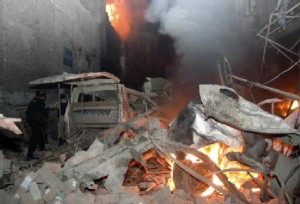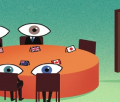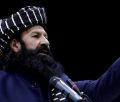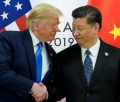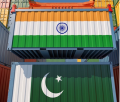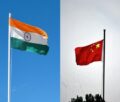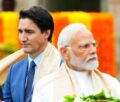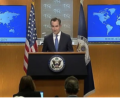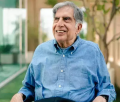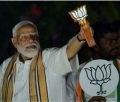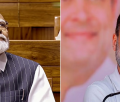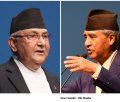NEW THREATS FROM MONSTER CALLED LeT

by SURENDER KUMAR SHARMA*
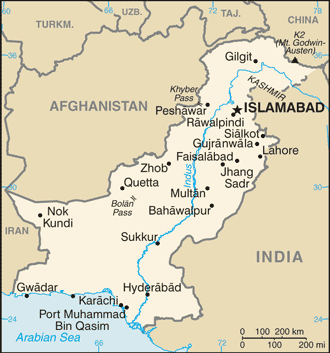 American journalist Sebastian Rotella’s twin exposes in ProPublica – America’s botched chances to stop the American Lashkar operative David Coleman Headley behind India’s 9/11 and LeT operational head, Zaki-ur-Rehman Lakhvi’s jail life with all the trappings of status guest status, have coincided with the release in India of journalist Wilson John’s new book titled “The Caliphate’s Soldiers: The Lashkar-e-Tayyeba’s Long War”. Read both works together. It becomes clear that despite investing the title of Man of Peace on the Prime Minister of Pakistan, Syed Yousuf Raza Gilani, and despite intense global scrutiny and sanctions, Lashkar-e-Toiba remains a grave threat to the world than ever before not only to the immediate neighbours of the ‘land of pure’ as Pakistan would like to project itself but to the entire world.
American journalist Sebastian Rotella’s twin exposes in ProPublica – America’s botched chances to stop the American Lashkar operative David Coleman Headley behind India’s 9/11 and LeT operational head, Zaki-ur-Rehman Lakhvi’s jail life with all the trappings of status guest status, have coincided with the release in India of journalist Wilson John’s new book titled “The Caliphate’s Soldiers: The Lashkar-e-Tayyeba’s Long War”. Read both works together. It becomes clear that despite investing the title of Man of Peace on the Prime Minister of Pakistan, Syed Yousuf Raza Gilani, and despite intense global scrutiny and sanctions, Lashkar-e-Toiba remains a grave threat to the world than ever before not only to the immediate neighbours of the ‘land of pure’ as Pakistan would like to project itself but to the entire world.
The LeT is more complex and orthodox to the core than even the Haqqani network, with which the Americans are disparate to hold talks or the Taliban with which Pakistan’s establishment is going through the motions of a dialogue for peace in an apparent bid to misguide the ears on the ground and eyes in the sky.
Sebastian and Wilson look at the Lashkar-e-Toiba phenomenon through different prisms; the American’s concern is how and why Pakistan army chief Gen Kayani is disregarding US concerns over LeT particularly Zak-ur-Rehman Lakhvi and Headley. The Indian scholar goes beyond the headline and comes up with a scholarly work on LeT to add another feather to his cap as the only thorough bred terrorism expert in this part of the world, who has made the world to sit up and put on the thinking cap.
Though the Americans were loath to admit in public until the recent Mullen outburst, the US-Pakistan relationship has been strained because of LeT and its 2008 Mumbai attacks. The state guest status that Zaki-ur-Rehman Lakhvi enjoyed ever since he was placed under custody to assuage world opinion did not help matters either. One of the luxuries accorded to Lakhvi is access to the outside world and with a mobile phone he is conducting LeT operations without hindrance. American officials took up the issue with Gen Kayani, and he rejected the request, says Sebastian, quoting a memo addressed to the US Secretary of State Hillary Clinton and America’s National Security Council.
What about Headley, the half-Pakistani-half American, who is known to have juggled allegiances with militant groups, slipped with effortless ease through American cracks, and manipulated and betrayed wives, friends and allies? Official America is less than honest in sharing the unprecedented confessions he had reportedly made opening a door into the secret world of terrorism and counterterrorism in South Asia and America.
Why Washington acted in the way it did on the issue is linked to its fond hope of arm-twisting Pakistan to do its bidding in North Waziristan to tame the Haqqanis and Afghan and Pakistan Taliban. The mission was doomed to fail and it had failed with the high-decibel interaction between the US and Pakistan offering a mild distraction.
Sebastian’s investigation report in ProPublica fills some gaps in the narrative by looking at Hedley’s past, particularly his growing up years in Pakistan as a devout Muslim, an enthusiastic jihadi, a young ideologue of Lashkar-e-Toiba and privileged informant for the US drug enforcement. But real key to understanding the Headley phenomenon comes from looking at the bigger picture which has come to be identified with the LeT phenomenon. And this is the canvas of Wilson John’s labours. His conclusion is disturbing to say the least as the LeT has been maintaining a very low profile and appears engaged in Dawa (religious preaching) activities through paid workers since the Mumbai attacks.
There are no visible signs of any disruption in the `strategic partnership` of LeT with the Pakistan army and ISI. Nor are there any visible signs of the Pakistani state ‘disengaging with’, and ‘dismantling the terrorist group’, according to the author. In his assessment, Let remains the world’s most powerful, and resourceful, multi-national terrorist group. It is this what makes terrorist attacks directly carried out by LeT or by its proxies in India and elsewhere in the world a possibility and the threat will remain quite high in the coming years. ‘At least some of these attacks would be spectacular in visibility and impact, and will carry the potential of triggering a military conflict in the region’, Wilson opines.
With over 50,000 armed cadres trained in guerrilla warfare, intelligence gathering, explosives, and sabotage, LeT has a unique leverage vis-a-vis Pakistan military hierarchy. In fact, it has become a reliable military reserve force that can be outsourced work by the Pakistan Army like it did during the Kargil war waged by then army chief Gen Musharraf.
Today, , LeT runs scores of training centres in Khyber Pakhtunkhwah, Sindh, Balochistan, Punjab and POK. The objective is to have an office and centre in every district of Pakistan. LeT spends about $330 per trainee for the daura-e-aam course (basic) and about $1700 per trainee in the more advanced three-month daura-e-khaas course. Its operational bill is over $5 million a year.
Pakistan Army and ISI reimburse the bill on training camps, and launching of attacks on India and Afghanistan. Herald magazine from the stable of Pakistan’s most respected and sedate daily, Dawn, reported in June 2006 that ISI pay off was as much as $50,000 -60000 every month. LeT also manages for a fee the terrorist campaigns of Pakistan Army/ISI and the extremist agenda of anonymous patrons in West Asia.
The other key source of LeT money is Islamic charities across the world, particularly those based in Saudi Arabia and United Arab Emirates. Inside Pakistan, LeT acts primarily as a dawa group promoting a radical interpretation of Islam much on the lines of its Wahhabi patrons in Saudi Arabia and UAE. This alliance brings the group an enormous amount of petro-dollars as donations to its madrasas and mosques in Punjab. A 2008 US estimate put this annual munificence at over $100 million a year. Some Pakistani business houses in Punjab have been supporting the group’s terrorist activities by giving money and food articles for the recruits.
Wilson John’s study brings to light another lesser known facet of Lashkar-e-Toiba. The group’s wide-ranging terrorist activities flourish under the guise of various charity organisations and trusts. These are not driven by any domestic agenda but a broader goal of establishing a Caliphate through jihad. It goes about the task in four ways though on a low key.
One it runs recruitment centres out of mosques, book shops, and social-welfare centres sprinkled across Pakistan. Two it taps kinship networks of maulvis, local terrorist/extremist allies, Afghan Jihad associates and its own alumni in South Asia. Three it recruits bright faces in the West through allied or proxy groups in the home countries. A former soldier, Sajid Mir, heads a well-funded external recruitment wing at the LeT headquarters. Four, it has become a terror consultancy with military officials – retired, dismissed or resigned in its ranks.
By the late 90s, LeT had set up its main training campus at Baitul Mujahideen near Shawai Nala in Muzaffarabad (PoK). The campus was expanded by 2001 to house several hundred recruits at any time. The training syllabus was overhauled under the supervision of former and current ISI and Army officers. Specialised courses were introduced, among them: intelligence gathering; communication technology; sabotage; and managing interrogation. American authorities are aware of the danger posed by LeT’s global recruitment and consultancy. In-house research carried out by New York University’s Centre on Law and Security has brought into sharp focus how American citizens or residents had travelled to an overseas training camp or war zone since 9/11.
Simultaneously, LeT has been acting as an agent for al Qaeda and the Taliban to train their new cadres, procure weapons, and generate funds and give them protection. Result is that emergence of unparalleled jihadi alumni in as many as 22 countries and the ripples of the wave are being felt across many parts of the world. While it would be difficult to arrive at even a rough estimate of their numbers, it is fair to suggest that it would go beyond a few thousand, according to Wilson Johan. Difficult to disagree with his conclusion after seeing the spread of LeT tentacles through South Asia, and the emergence of double deep cover agents like David Headley in America, which has become the hate symbol for the jihadis of all hues.
Says Wilson: “This ability to infiltrate and implant agents far away from its natural harbour in Pakistan—and its capacity and willingness to train terrorists from different groups and nationalities, even individuals—strongly raises the possibility of LeT or any of its proxies, alumni, or trained cadre, executing a spectacular terrorist attack on the US homeland, or in any other western capital…in other words, LeT today has the operational capability, reach and resources to carry out an attack of the magnitude of 9/11 anywhere in the world”.
What makes LeT a greater threat than other outfits is its BPO service to eliminate other sectarian/extremist/militant groups which take on the Pakistan Army and run protest campaigns, hold conferences and public meetings for the army, to create and shape public opinion especially against India and the US. (Syndicate Features)
(* the author is a columnist on South Asian issues and terrorism)
-
Book Shelf
-
 Book Review
DESTINY OF A DYSFUNCTIONAL NUCLEAR STATE
Book Review
DESTINY OF A DYSFUNCTIONAL NUCLEAR STATE
- Book ReviewChina FO Presser Where is the fountainhead of jihad?
- Book ReviewNews Pak Syndrome bedevils Indo-Bangla ties
- Book Review Understanding Vedic Equality….: Book Review
- Book Review Buddhism Made Easy: Book Review
- Book ReviewNews Elegant Summary Of Krishnamurti’s teachings
- Book Review Review: Perspectives: The Timeless Way of Wisdom
- Book ReviewNews Rituals too a world of Rhythm
- Book Review Marx After Marxism
- Book Review John Updike’s Terrorist – a review
-
-
Recent Top Post
- Commentaries Record Pentagon spending bill and America’s hidden nuclear rearmament
-
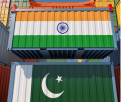 CommentariesNews
Ides of trade between India and Pakistan
CommentariesNews
Ides of trade between India and Pakistan
-
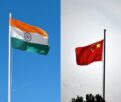 Commentaries
How sustainable is the rhetoric of India-China Bhai-Bhai
Commentaries
How sustainable is the rhetoric of India-China Bhai-Bhai
-
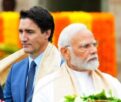 CommentariesTop Story
New Set of Diplomatic Strains with Canada
CommentariesTop Story
New Set of Diplomatic Strains with Canada
-
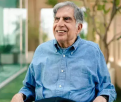 News
Ratan Tata’s Legacy
News
Ratan Tata’s Legacy
-
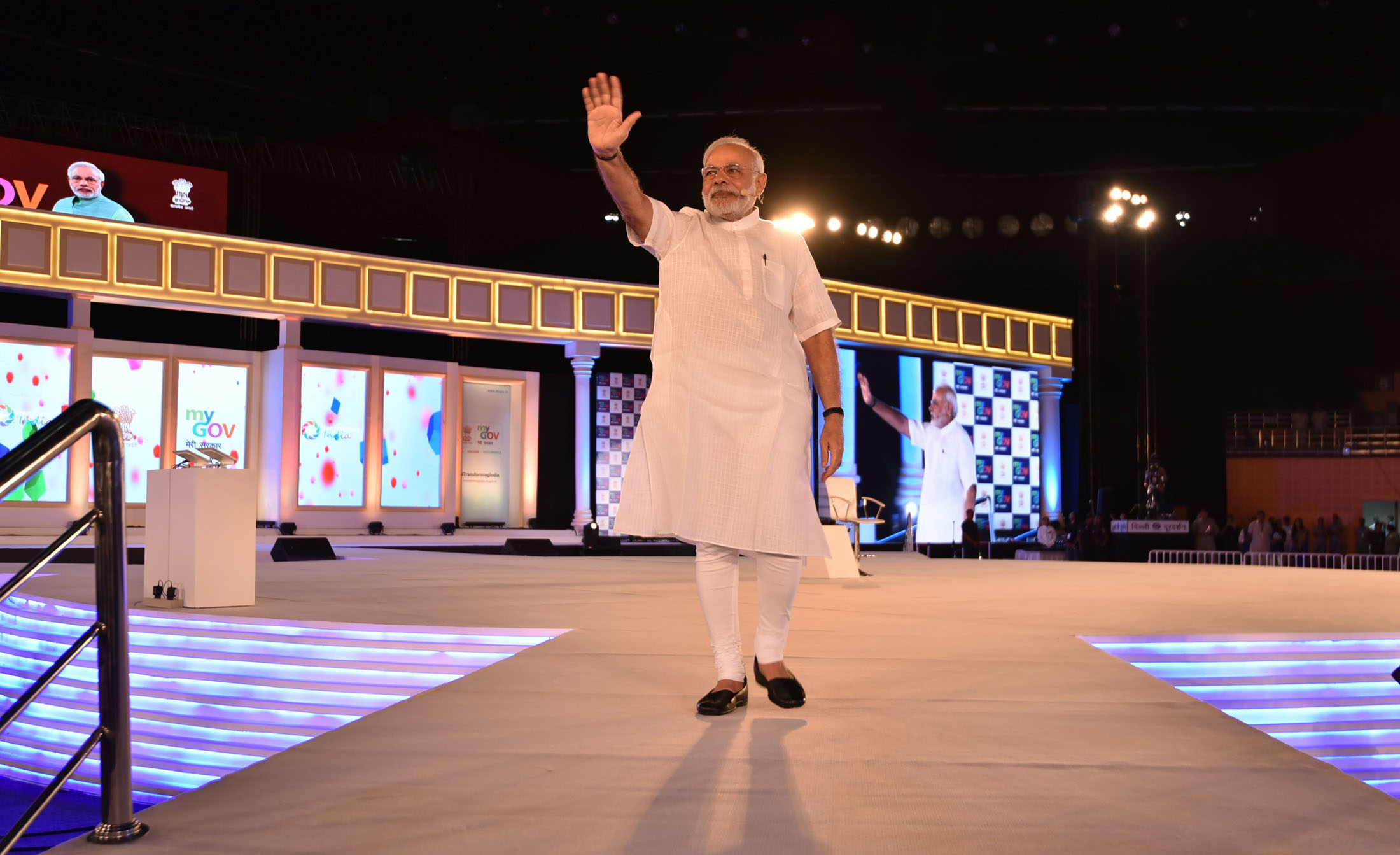 Commentaries
India’s Strategic Push on the World Stage
Commentaries
India’s Strategic Push on the World Stage
- Commentaries Veils of Resistance
- Commentaries Ensuring Safety for Women Healthcare Workers
-
 CommentariesTop Story
Palestinians at the cross- roads
CommentariesTop Story
Palestinians at the cross- roads
-
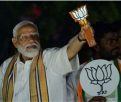 CommentariesTop Story
While Modi professes concern for the jobless, “his government’s budget escalates class war”
CommentariesTop Story
While Modi professes concern for the jobless, “his government’s budget escalates class war”
AdSense code


